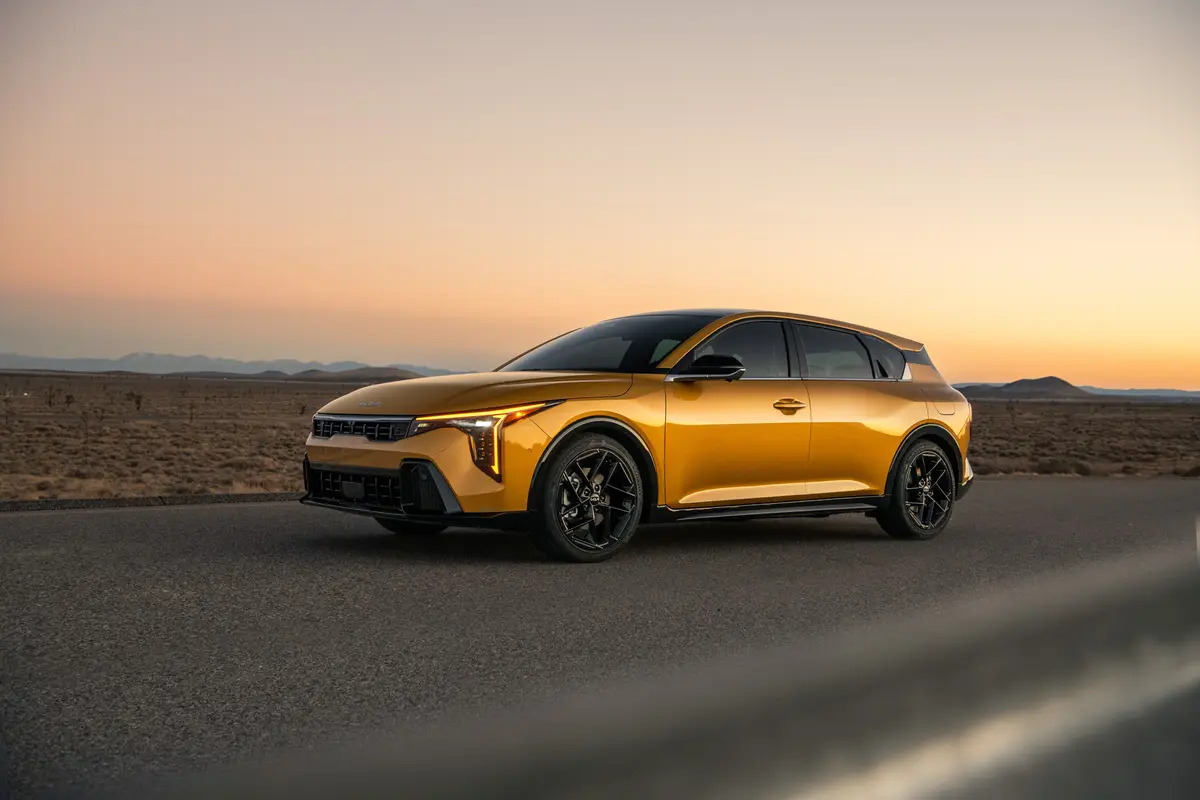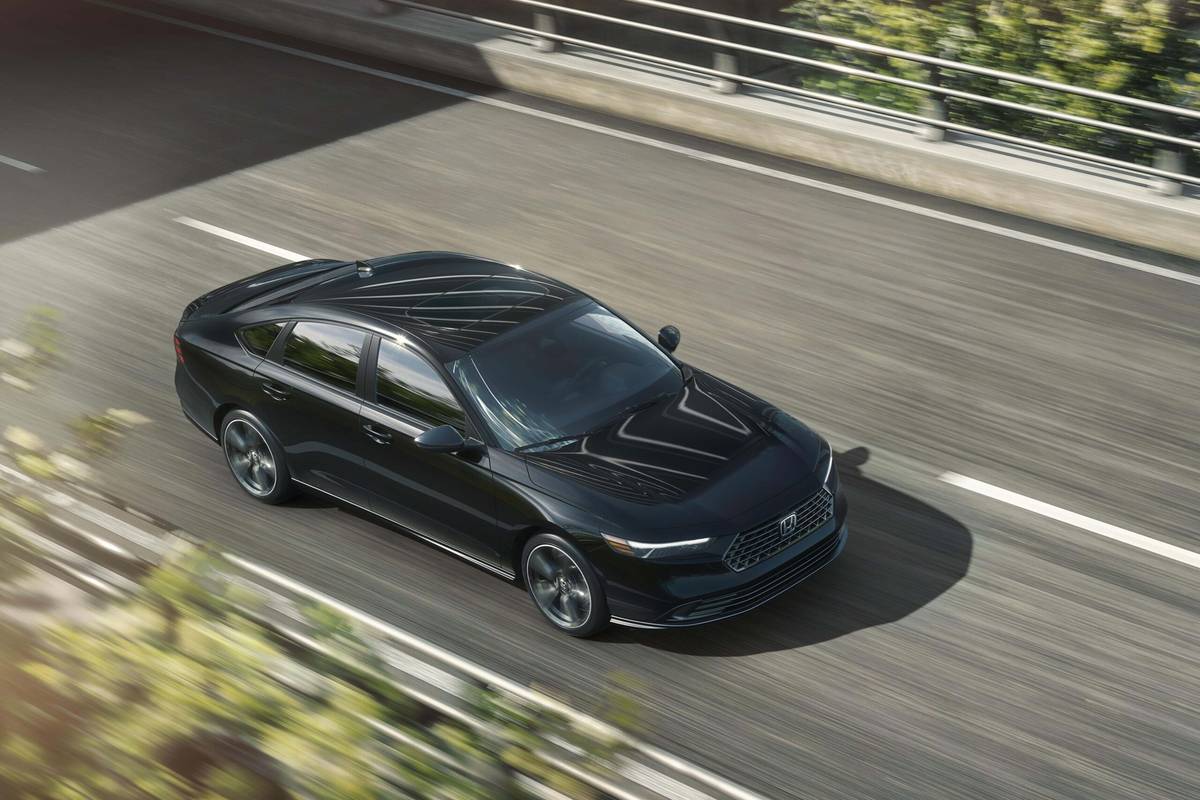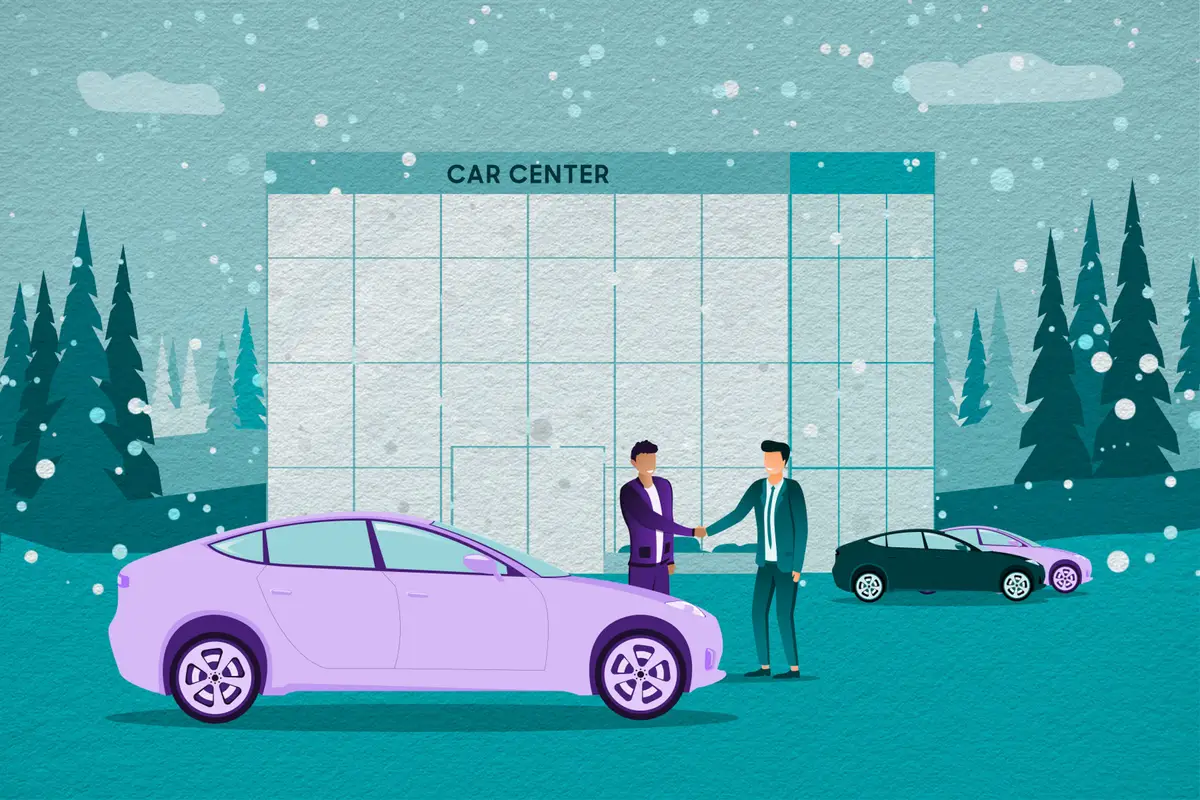washingtonpost.com's view
To be young again, to thrill to the “me” of the moment — the Nissan 370Z is good for that. Like most sports cars, it makes no practical sense. It is what disappears when “me” becomes “we,” unless “we” are rich and can afford toys.
The 370Z, be it hardtop coupe or convertible, is a toy — a motorized joy for all who love the game of Open Roads. It is a game because there are no such roads, not really, not in any metropolitan area in the United States.
The trick for urbanites engaged in such play is to find what rarely exists before the sun rises and what seldom is available until long after it sets — a highway hospitable to fantasy. That is what I arose to look for one early autumn morning.
“Where are you going?” asked my wife, Mary Anne, as I tried to sneak from our Northern Virginia bedroom.
It was the voice of a woman long accustomed to life with a foolish man.
“For a drive,” I said.
“At 4:20 in the morning?!” she shouted.
“Traffic should be light,” I said.
“You’re insane,” she said.
She was right, of course.
But insanity in pursuit of an uncluttered road to enjoy an automobile built solely for the joy of driving is a virtue. The Nissan Z-Car, since its introduction in the United States in October 1969, has always been such an automobile.
It was conceptual genius: Develop and build a fast, light sports car purposefully engineered for performance driving and little else. Aim it primarily at young men unfettered by families, mortgages or health-care expenses. Price it at $3,526 — its actual base price at the time.
But times changed. There was a huge explosion of “me” into “we,” and not only in terms of conjugal combination. We became concerned about the air we breathe and the harmful effects of vehicle exhaust upon that air. We worried about our nation’s growing dependence on foreign oil and the egregious amounts of the stuff consumed by models such as the Z-Car and its peers. Prices rose. Economies sank. By 1996, the Z-Car was out of production, but clearly not forgotten, as it gained in price and prominence.
It reappeared in 2002 with much of the performance and some of the styling that carried it through the late 1990s, but with a base price of $26,000 — substantially higher than its 1996 sticker, but well below the let-the-money-roll pricing of the 1990s — when it ran $30,000 to $50,000.
It rekindled dreams. And I did with the 2002 350Z what I did with the current (2009/2010) 370Z model. I took it for a long drive — through Southern California in 2002 and through Virginia’s Shenandoah Valley in 2009.
Both cars possessed essential Z-ness — fast off the throttle, wonderfully precise handling in curves, masterful acceleration on open roads when found, sensuous exhaust notes, sure-stop braking.
Both had common flaws — small cars with a tight space for two people; impractical for carrying anything except a few overnight bags; improved, but still less-than-impressive fuel consumption at 18 miles per gallon in the city and 26 miles per gallon on the highway, and with that thirst barely sated by recommended “for best performance” premium unleaded gasoline.
The Nissan 370Z Touring driven for this column, equipped with a 332-horsepower V-6 and a six-speed manual transmission, delivered all of the “zoom” any reasonable person could want from a sports car on a quiet autumn morning in the Virginia countryside. But the thrill of the moment was topped by a sight spectacularly ordinary, yet stunningly beautiful — a family of deer, buck, doe and three little ones, all waiting patiently in a protective knot of “we,” waiting for me to get done with doing my “me” thing.
Latest news



